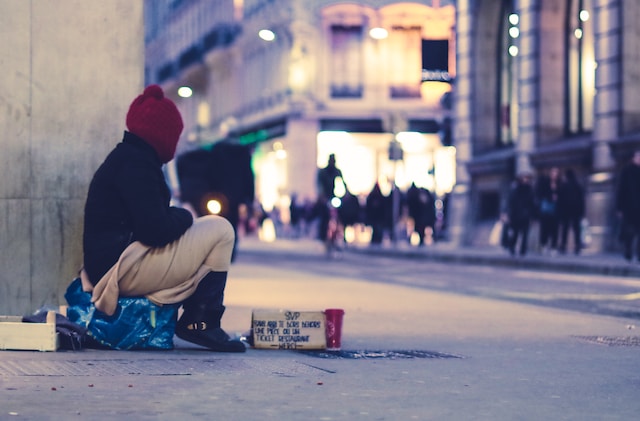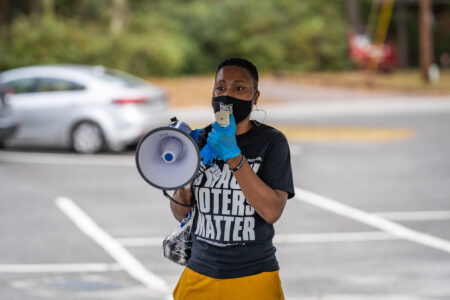New York City, the buzzing metropolis that sleeps not, is home to millions of people from all walks of life. However, amidst the glamour and glitz, there exists a harsh reality—a significant population of individuals experiencing being unhoused.
The city’s housing-insecure population faces numerous challenges, including limited access to healthcare. In this article, we will delve into the issue of homelessness in NYC and explore the healthcare resources available to this vulnerable group, which seems to be at the short end of a supply-and-demand culture.
The homelessness crisis in New York City is a complex issue deeply intertwined with factors such as housing affordability, mental health, and addiction. In June 2023, there were 84,526 homeless people, including 27,530 homeless children, sleeping each night in New York City’s main municipal shelter system. A near-record 25,061 single adults slept in shelters each night in June 2023.
Healthcare Challenges Faced by the Unhoused
This predicament takes a toll on an individual’s physical and mental health. Living on the streets or in shelters exposes people to harsh conditions, increasing their vulnerability to illnesses.
Moreover, being without stable housing often leads to the exacerbation of pre-existing health conditions. Mental health issues are prevalent among the homeless population as they endure the stress and trauma associated with homelessness.

Some say New York City recognizes the importance of providing healthcare services to its homeless residents. However, those who work within the shelter systems say that the city has more than its hands full with this challenge.
Several initiatives and organizations are dedicated to addressing the unique healthcare needs of the unhoused. Here are some of the key resources available:
- Homeless Outreach Teams: The NYC Department of Homeless Services operates outreach teams that connect with individuals living on the streets or in shelters. These teams provide access to medical care, mental health services, and addiction treatment.
- Drop-in Centers: Numerous drop-in centers across the city offer basic healthcare services to the homeless, including vaccinations, wound care, and referrals to specialized medical facilities.
- Street Medicine Programs: Various organizations, such as the Institute for Family Health’s Street Medicine Team, bring healthcare directly to the homeless population. They offer on-site medical care, mental health support, and addiction treatment, focusing on building trust and rapport with patients.
- Shelter-Based Clinics: Many homeless shelters in NYC have on-site healthcare clinics staffed by healthcare professionals. These clinics provide a range of services, from primary care to dental and mental health care.
- Harm Reduction Programs: Given the prevalence of substance use disorders among the unhoused, harm reduction programs provide access to clean needles, overdose prevention education, and linkage to addiction treatment programs.
- Mobile Medical Units: Some organizations operate mobile medical units that visit various locations frequented by the homeless, ensuring they receive regular medical check-ups and care.
- Mental Health Services: NYC offers mental health services, crisis intervention, and counseling through various organizations, focusing on addressing the complex mental health needs of the unhoused population.

The issue of people experiencing homelessness in New York City is a multifaceted challenge that requires a comprehensive response. Access to healthcare services is a fundamental right, and NYC has made efforts to ensure that the unhoused population can avail themselves of healthcare resources.
Outreach teams, drop-in centers, shelter-based clinics, and specialized programs work collectively to provide essential medical care, mental health support, and addiction treatment to those in need. While progress has been made, there is still much work to be done to address the root causes of homelessness and improve the overall well-being of the unhoused in the city.
By Kaba Abdul-Fattaah.








